Holden's Performance
Viking, $24.95 pb, 353 pp
Holden's Performance by Murray Bail
As I write these words, I have just read the first forty-five pages of Murray Bail’s novel. Those pages are mostly about the Shadbolt family of Adelaide.
I spent twenty-four hours in Adelaide during February 1986. 1 had never been there before, but instead of looking around the city I kept mostly to my room in the Grosvenor Hotel. I had only once before occupied a hotel room, and I found much to look at while I sat in the chair beside the bed.
I felt sure I was undergoing a test. Someone in a uniform with the insignia of the Grosvenor Hotel was watching me by means of a hidden camera. Would I interfere with the intricate arrangements of flowers and fruits on the table? Would I slip into my bag more than I could reasonably use of the maps and brochures from the large plastic folder? If I dared to use the bathroom, would I wash myself excessively and so obliterate the inscriptions on the perfect cakes of soap?
After I had sat for five minutes I saw a card near the bowl of forbidding fruit. I preferred not to disturb the placement of the card, but by craning my neck I was able to read: The Grosvenor Hotel welcomes Commander G.C. Clark and trusts that his stay ...
I drew back, and for the next hour I sat looking at maps of Adelaide while I waited for the door from the corridor to be flung open and the old sea-dog to stand there red-faced and spluttering until I had grabbed my bag and fled from his room.
Late in the afternoon, after I had assured myself that Adelaide had the shape of a reliable grid and after I had dared to suppose that the Commander’s vessel had been becalmed off Kangaroo Island, I left my room and walked around the nearest square of the grid.
From that one, cautious inspection of the strange city I recall three things. Adelaide is a sandy-yellow colour; from the centre of the city you can see grassy hills to the east; Adelaide appears to have no trams.
This may seem an odd beginning to a book review, but I wrote it to demonstrate one of the most satisfying results of reading good fiction: the places imagined by a writer merge sometimes into my own imagined places. Reading about the city named Adelaide where the family Shadbolt lived, I seemed to be exploring the sandy-coloured place, adjoined by grassy hills and lacking for trams, that I only began to explore last year. I even saw young Holden and the Shadbolts in the same city that I had seen while I sat with map in hand, waiting for the naval gentleman to evict me from his room in the Grosvenor
The narrator of Holden’s Performance sees not quite sandy-yellow perhaps, but a colour that goes with my remembered colours.
A natural creepage of colourlessness breached the town plan, indenting and serrating the perimeter … And the faces of the most optimistic smiling women in Adelaide eventually resembled the country itself: ravined, curiously wheatcoloured.
As for the trams that I did not see, I learned from the first pages of the novel that the absence of trams is an important part of the scenery of Adelaide. The trams that I did not see were not trams that had never been seen in Adelaide; they were trams that had once been seen but then were seen no more.
… the brown trams always went .forward in straight lines, scattering traffic and pedestrians like minor objections or side issues, and somehow this suggested the overwhelming logic of plain thinking ...
…With the removal of the trams m the 1950s the light was for a time blinding.
As if it were not strange enough that Holden Shadbolt’s Adelaide and my imaginary city of the same name should both be a sandy colour and crossed by routes of departed trams, the novel contains a detail of topography that I had failed to find in every map I studied. Whenever I looked up at the hills and then looked back at the city streets. I was annoyed not to know how the space between was filled. Although they seemed to float just above the horizon like an arid Laputa, I knew the hills must be joined somehow to the edge of the sand-coloured city. Yet I could not visualise the joint. (I had slept from Tintinara to South Terrace in the bus on the night before.)
Had I only known, the place I wanted to see was already charted and described. Assuming that Murray Bail wrote his book in the same common sense way that the brown trams formerly progressed, then the following passage would already have existed as a typescript during the half-hour while I stood among the home-going office workers in King William Street and tried to imagine many kinds of seam and splice such as I no longer remember now that I have read, on page thirty-four of Holden’s Performance:
... the Hills, the background to the city’s postcards ... actually began as a bumpy slope in Vern’s back lawn, before rising sharply (no need for a backfence), swarming with the vagaries of blackberry and honeysuckle ...
Vern is Vern Hartnett, proofreader for the Advertiser and uncle of young Holden.
Still having read only the first eighth of the book, I find myself warming to the narrator. He (Murray Bail’s narrator and not necessarily Mr Bail himself) may prove to be not just a narrator but what Henry James called a reflector: a mind reflecting on the meaning of what is being narrated. The following is a passage from a reflector rather than a mere narrator.
He seemed to have been dislodged by the immense forces of Northern history, and flung out to the bottom edge of the world, an impression which was exaggerated when the streets periodically emptied, and McBee appeared to be the only soldier left alive.
McBee is Corporal Frank McBee, boarder in the Shadbolt house and beseiger of Holden’s widowed mother. In my favourite passage so far, the Corporal arranges the family around the kitchen.
Karen was the warm Mediterranean sea. To her right, against the scrubbed sink, Holden stood for Egypt, and in the foreground under constant bombardment and seige, the object of the exercise, their apprehensive mother.
Mrs Shadbolt is Tobruk, which is described by McBee as a pleasant little town on the sea, like Adelaide. The scene in the kitchen is funny in itself and yet rich in meaning. What faults have I found so far? A comma is missing on page thirty-three. A few sentences have toppled over or have been twisted into odd shapes. I hope I am not the only reader who winces at the wrongness of this:
By standing at the mouth of the cul-desac the original dark geometry could be perceived here and there in the pale grass, as if under water.
Those who believe, as I believe, that verbs are the life-blood of prose will probably dislike the lumpy mass of phrases that ends the passage quoted earlier: ‘Karen was the warm ...’
Something else began to bother me at about page forty-three. The date is 14 May 1945. Germany has surrendered. Neighbours crowd into the Shadbolt house to bring the news and to celebrate. But inside, another sort of surrender has just taken place. Holden’s mother and Frank McBee are in bed in the front bedroom. The neighbours press on; they stand around the bed: McBee raises two fingers in a victory salute. At this point the story seems more farcical than comical. I hope the book has none of the harmless but boring nonsense that earned certain fashionable Australian writers the honorary title of ‘fabulist’ a few years ago.
You, the reader of this review, need not wait to learn how the last 308 pages of the book seem to me. You only have to perform a hoppity-skip with your eyes over the following paragraphs. I have to sit for five days with my copy of Holden’s Performance on the suburban trains and, yes, sometimes on the trams of Melbourne.
My report for today begins by stating that I fell asleep at page 108. But I can explain.
My only time for reading books is my three hours of travelling between home and work. By the end of each day I am tired enough to fall asleep on the train. For nineteen years I have kept a list of all the books I have read, or have tried to read, together with an assessment (on a scale of zero to five) of the merit of each book. In the last five years I have been guided in my assessments by the distance I have travelled each evening before falling asleep over a particular book. For example, in the past year only Kangaroo, by D. H. Lawrence, and Mysteries, by Knut Hamsun, have scored five points by keeping me awake to my home station each night. At the other extreme, The Girl Green As Elder flower, by Randolph Stow, and The World Around Us, by Claude Simon, each had me dead to the world before my train had left the Loop and scored in consequence nought apiece.
Holden’s Performance kept me awake (to put the matter positively) almost to Alphington, which corresponds to a score of three on my scale. But it was not the book itself that made me nod off. I fell asleep from the effort of resolving something that had begun to trouble me at page eighty-four.
At page eighty-four, Holden is still a lad. He is converted by his Uncle Vern to a diet of newsprint.
He then mixed it with their breakfast cereals: the words, half-tone photographs and post-war growth advertisements all went in ... It blended well with mashed potatoes; you could hardly taste it with icecream.
I take The Age: my neighbour takes the Financial Review; Holden Shadbolt takes the Advertiser, but in a different sense. Yet something is missing from the novel whose chief character supplements his diet with supplements. Holden might have been satisfied but I am not. And while I was trying to explain my dissatisfaction to myself I fell asleep – in sight of the huge APM mills by the Yarra River, where vast quantities of newsprint are produced.
The ideal length of this sort of review would be just a little longer than the work under review. The reader of the review could follow the ups and downs of the book in the reviewer’s mind, as well as learning some of the daily joys and sorrows of the reviewer. However, for all sorts of reasons, I offer only a brief summary of four days of reading on the trains and trams of Melbourne.
Holden’s Performance disappointed me somewhat after the first eighty pages. Looking back, I see the book was about a hundred pages too long. I hasten to add that I found plenty of clever and amusing pages all through the book. I will not forget the strange map of Australia that appears one night on the carpet of the Epic Theatre, Manly, where Holden works as a bouncer after leaving Adelaide. I will always admire the description of the suburb of Manly, and the wonderful phrase for the boardinghouse where Holden first lives in Manly: ‘a backwater of superannuated typesetters’. My own odd tastes were peculiarly satisfied by a couple of paragraphs on pages 218–219 describing the street-names of Canberra. Throughout the book, I came across incidents that struck me in the same way that I am struck by a long-forgotten family photograph – have I lived for so long that even the surfaces of things from my childhood seem utterly strange?
At its best, Murray Bail’s novel is a treasury of quaint details from thirty years that seemed rather ordinary while they were passing but seem bizarre now as the life-story of Holden Shadbolt. Yet I nodded and blinked over many of the last pages of Holden’s Performance. Even now, only a few days after having finished the book, I remember the last sections rather vaguely. I can hardly distinguish between Frank McBee and Sid Hoadley, two characters who might be called ‘larger than life’ but who seem to lack some vital principle such as distinguishes one man from another in the world that most of us claim to inhabit.
As I understand it, no character in this book actually suffers. Some characters go through the motions of inflicting pain in the way that the Katzenjammer Kids used to nail their parents to the floor in the last frame of the comic strip. But the pain – and ultimately the characters themselves – seem artificial.
Of those three distinctively human activities, laughing, crying and thinking, the third is most often ranked highest, and books that provoke thought likewise. I do not agree with these rankings. I even wonder, as Robert Musil wondered, whether the best kind of thinking is only a subtle kind of feeling. I began to read fiction seriously at the age of eighteen, after I had been deeply moved by Tess of the D’Urbervilles, which was the first of Thomas Hardy’s books that I had read. I remember clearly the very chair where I sat while I read the last chapters of the book. I remember what time of day it was and what the sky looked like outside the kitchen window after I had finished the last page. And I remember clearly that I was moved not just by the fact of the characters in the novel but by my thinking that a man who was dead had once felt what I felt just then and had found the words to tell me what he felt.
Anyone who thinks the statements just above are inappropriate from a reviewer of books has forgotten that books are written by human beings. Such a person may even have forgotten what human beings are.
Holden’s Performance made me laugh many times. Sometimes I put the book down and thought. Never did I feel a deep sympathy with any of the characters.
I could have tolerated Holden’s eating all that newsprint if only it hadn’t made him so wooden.

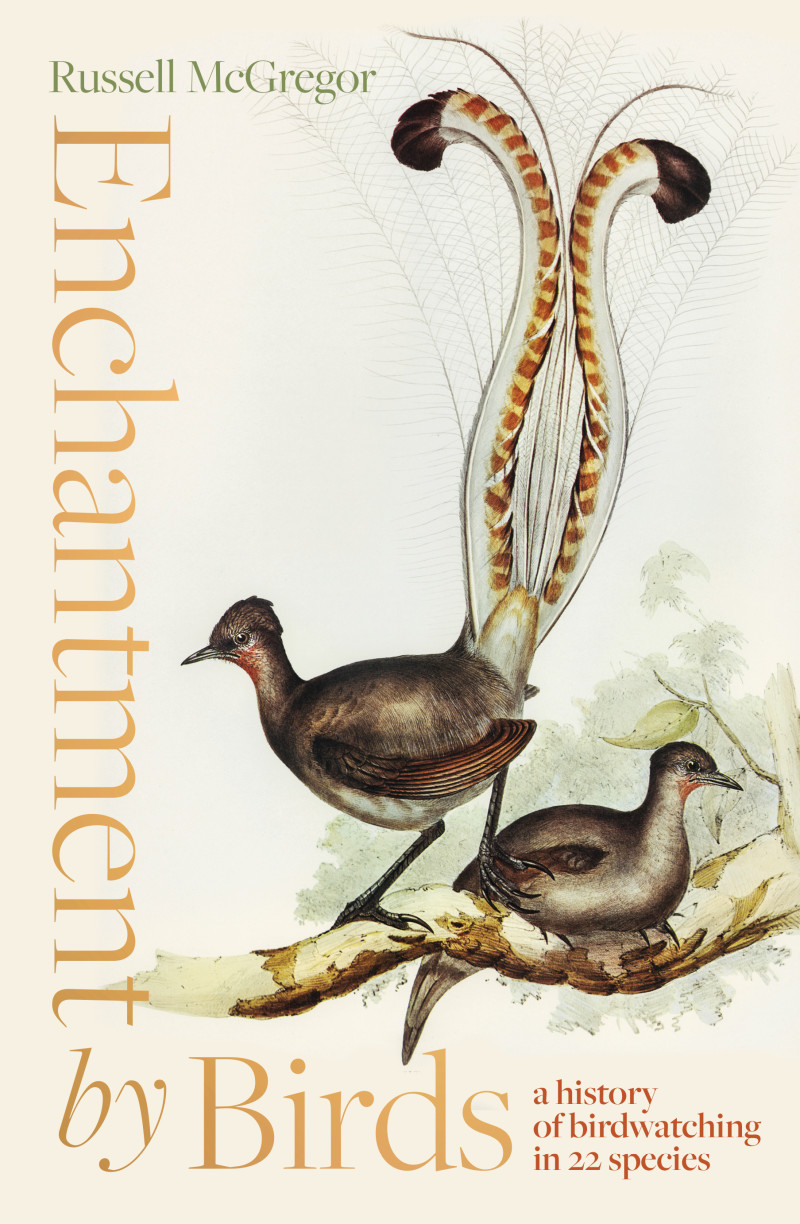
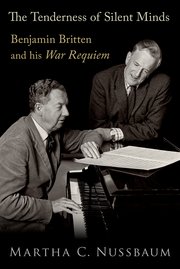
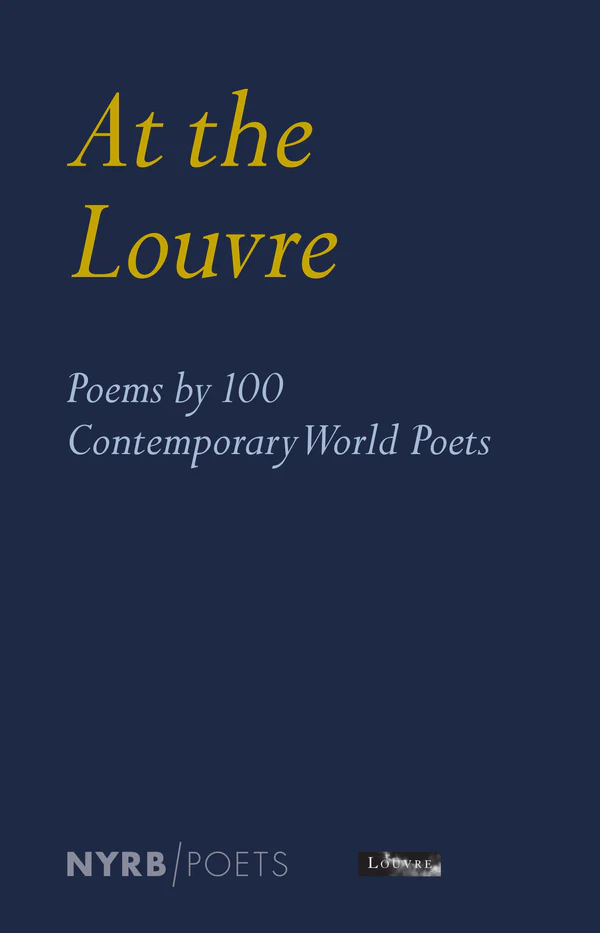
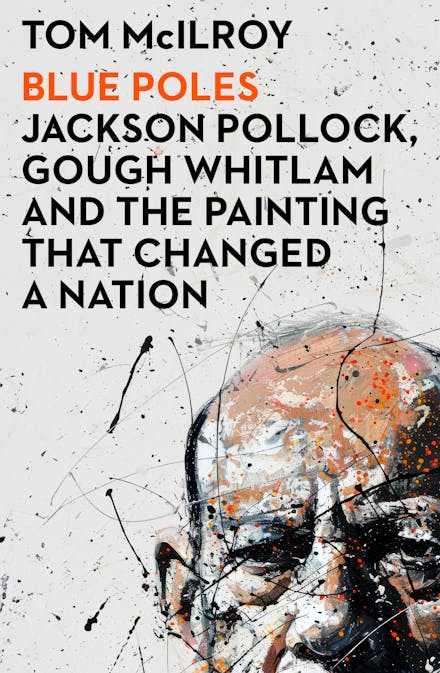

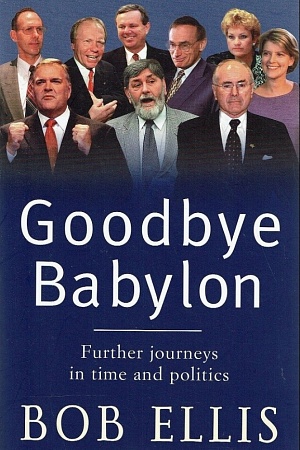
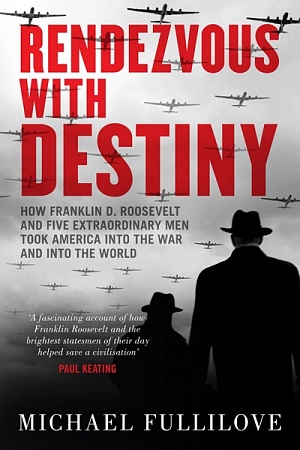
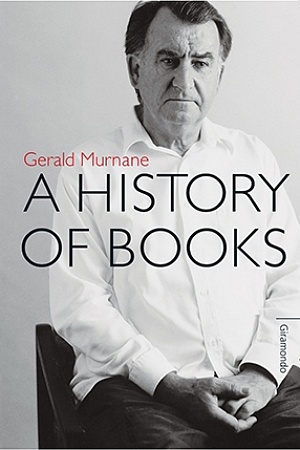
Leave a comment
If you are an ABR subscriber, you will need to sign in to post a comment.
If you have forgotten your sign in details, or if you receive an error message when trying to submit your comment, please email your comment (and the name of the article to which it relates) to ABR Comments. We will review your comment and, subject to approval, we will post it under your name.
Please note that all comments must be approved by ABR and comply with our Terms & Conditions.